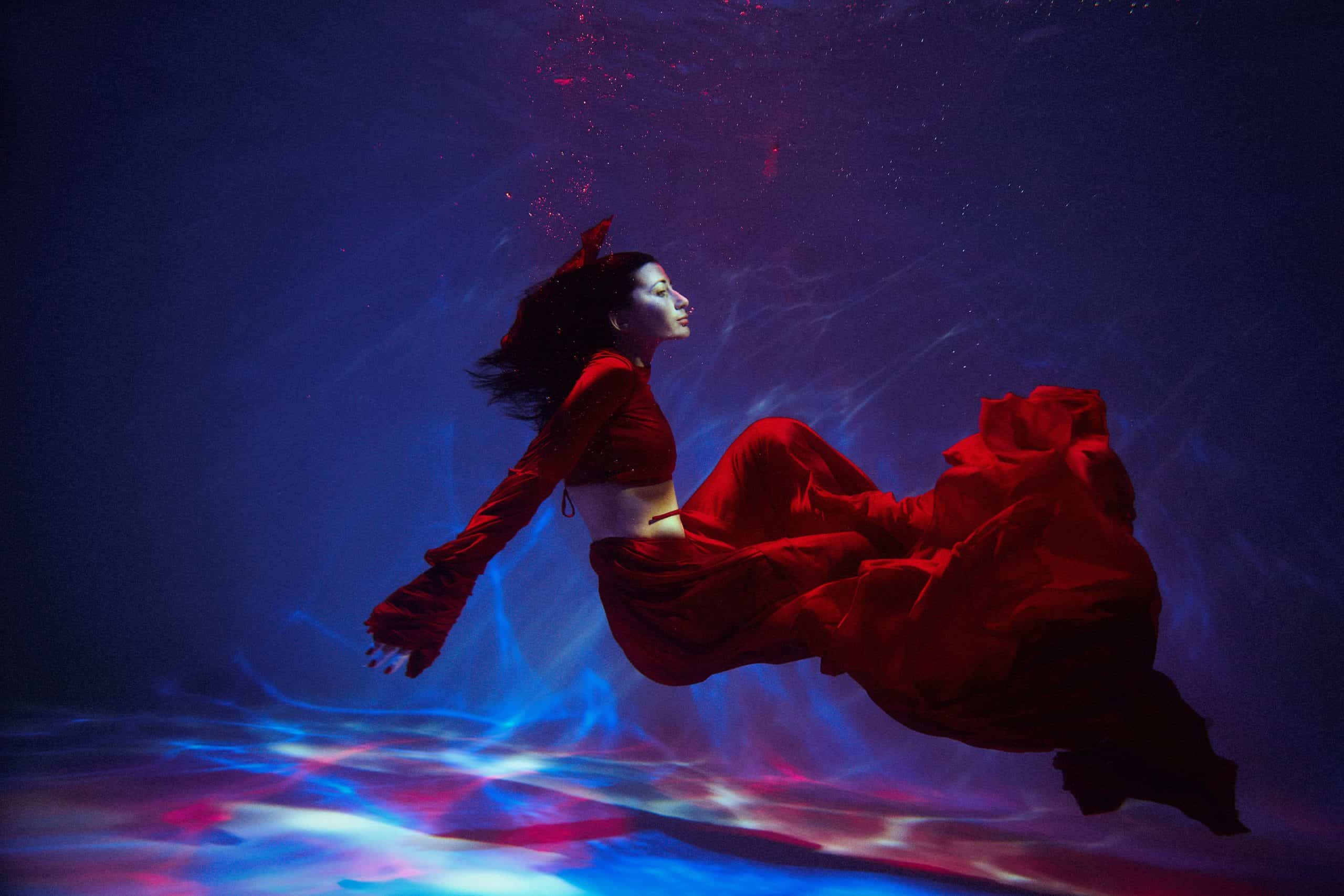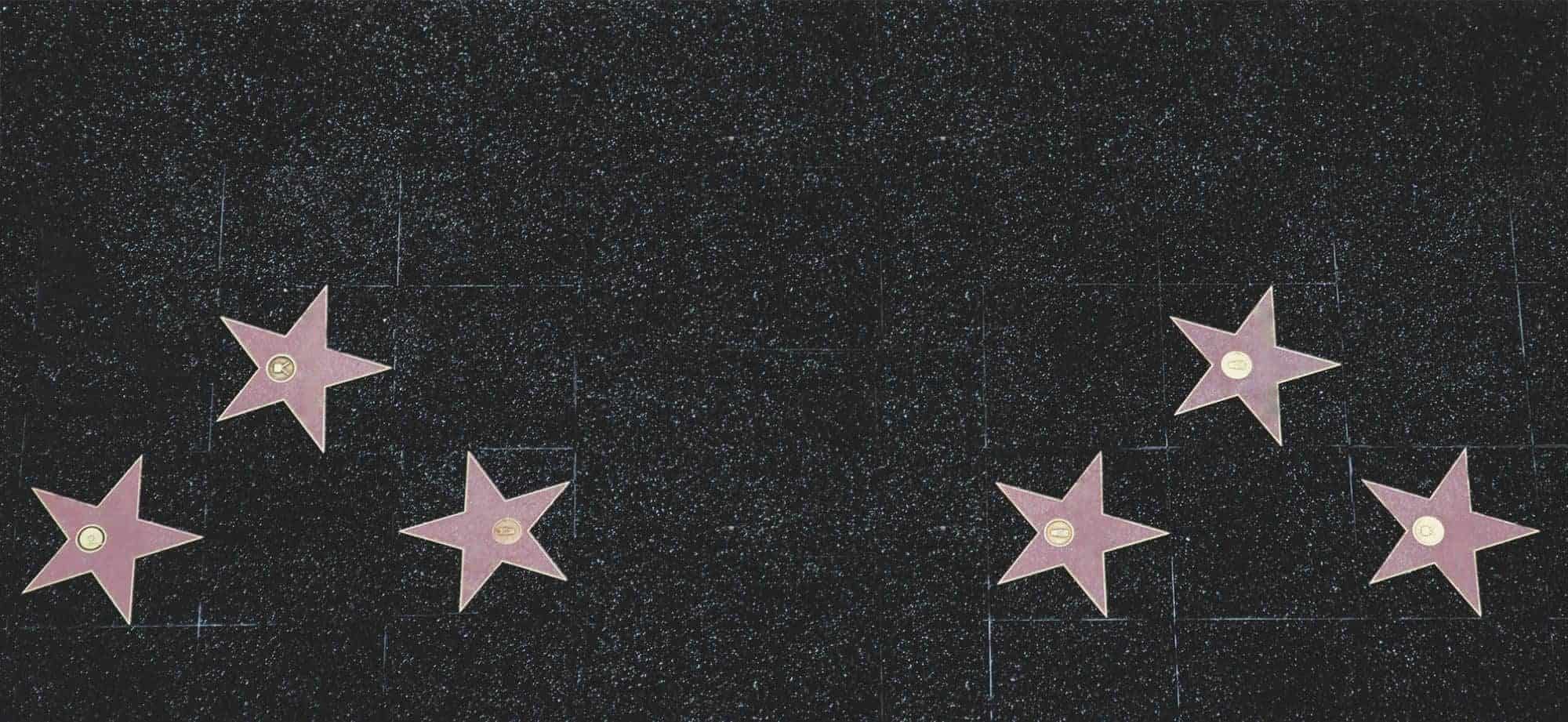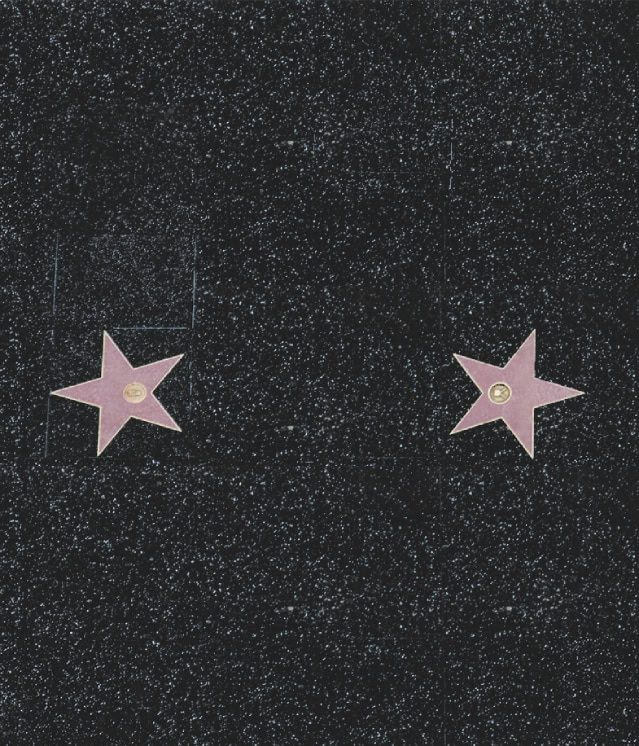
Advanced tips and tricks for underwater photography
Dive into the wonders of underwater photography! To take stunning shots, it takes more than just a camera and a keen eye. Mastering dive skills, mastering buoyancy control, and understanding marine life behavior are all essential. Plus, make sure to regularly service and clean your equipment.
The rule of thirds can be used to create captivating compositions. Place your subject off-center for an eye-catching shot. Don’t forget to experiment with angles, perspectives, and lighting.
Lighting also plays a role in underwater photography. Grasp how light changes at various depths for accurate metering and white balance. Utilize natural or artificial light sources to elevate image quality.
Before you go deep, check your camera settings. Adjust the aperture, ISO sensitivity, and shutter speed according to water conditions. This will save you unexpected exposure issues.
Essential equipment for underwater photography
Achieving amazing underwater photos requires the right equipment. Here are some essentials:
- A waterproof camera of high quality. Look for a model with good autofocus and low-light performance.
- Underwater housing. This protects your camera and lets you control it underwater.
- Strobes or flashlights. These give light underwater, making colors and details more visible.
- Wide-angle lens. Helps capture underwater landscapes and marine life in their natural habitats.
- Macro lens. Perfect for close-up shots of tiny creatures or intricate patterns.
- Dive computer/watch. Monitor depth, time underwater, and other important data.
Anti-fog inserts, red filters, and buoyancy control devices can improve your experience. For aspiring photographers: master buoyancy control. This allows you to move through water without disturbing wildlife or stirring up sediments. Approach subjects closely while minimizing the risk of damaging ecosystems.
Grab these tools and techniques and dive into the mesmerizing world beneath the waves. Capture stunning moments through your lens! Have fun!
Tips for choosing the right camera and lens
Choosing the right gear for underwater photography is a must. Here are some tips to help you pick the best!
- Opt for a camera that is specifically built for underwater photography. It should have features like waterproofing, image stabilization, and high ISO performance.
- Look for a camera with a wide dynamic range to capture both the vivid colors of the underwater world and the details in shadows and highlights.
- Think about the sensor size of the camera – larger sensors usually produce better image quality with less noise.
- Pick a camera with manual controls for more flexibility and control over shots in different lighting conditions.
- Choose a lens that suits your needs – wide-angle for sweeping seascapes or macro for close-up shots of marine life.
- Invest in quality underwater housing to protect your camera and lens from water damage.
To further enhance your selection process, think about a camera’s low-light performance. Also, look for a camera with fast and accurate autofocus to never miss an opportunity to capture fleeting moments of marine life.
Here are some more suggestions:
- Research different camera models and read reviews from other underwater photographers.
- Visit specialized stores or photography exhibitions to test out different cameras and lenses.
- Consider renting equipment before purchasing it to get hands-on experience.
Follow these tips to select the right camera and lens. Don’t forget, having the right equipment is just the first step towards creating great images.
Understanding underwater lighting techniques
To excel in underwater photography, master underwater lighting techniques. Illuminate your underwater subjects with finesse using various tools. Discover the advantages of utilizing natural light in your shots. Explore the possibilities of artificial lighting for exceptional underwater photographs.
Types of underwater lighting equipment
Underwater lighting equipment is a must-have for amazing images and videos. It illuminates the dark depths, showing off the colors and details of sea creatures.
One type is the strobe light. It emits bright flashes, and freezing motion, adding drama to shots. The light is usually attached to the camera or held on an arm.
Video lights provide continuous illumination. They come in different power and angle options, ideal for video.
Dive lights can penetrate murky water. They have adjustable brightness and beam angles, perfect for different conditions.
Did you know early divers used primitive lamps? In the late 1800s, they carried torches fueled by oil or gas. Now, thanks to technology, we have more efficient lighting systems.
Using natural light for underwater photography
Here’s a 4-step guide to underwater photography with natural light!
- Dive in: Choose clear water with good visibility and the sun high in the sky.
- Position yourself: Change angles and positions to get the light you need.
- Know color temperature: Colors change underwater based on depth and clarity. Adjust your white balance accordingly.
- Use sunlight: Shoot towards or against the surface to get vibrant blues or golden light.
Plus, being patient and observant can help you capture special moments with light. I remember an expedition in Hawaii, seeing a pod of dolphins lit up by golden sunbeams – it was magical! Natural light truly unlocks endless possibilities beneath the waves, giving us glimpses of nature’s beauty.
Using artificial lighting for underwater photography
Artificial lighting is key for underwater photography. It reveals the vibrant colors and intricate details of your subjects. Knowing how to use the lights will make your photos even better.
The color temperature of the lighting is an important factor. Warm lights offer a cozy feel, and cooler lights create a mysterious atmosphere. Mix and match to get the desired mood.
Positioning the lights strategically can also help. Place them at different angles and distances to highlight features or create shadows. This adds depth and dimension.
Using diffusers and snoots on artificial lights can control the light spread. Diffusers soften, and snoots concentrate the light.
It’s interesting to think about how far artificial lighting has come for underwater photography. In the past, only sunlight or primitive flashlights were used to capture scenes. Now underwater strobes provide powerful bursts of light, illuminating submerged environments.
Composition and framing techniques
To compose and frame your underwater photography with finesse, follow these advanced tips and tricks. Master the rule of thirds in underwater photography to create visually captivating images. Additionally, learn the art of balancing the foreground and background to add depth and perspective to your underwater compositions.
Rule of thirds in underwater photography
Capturing stunning underwater shots requires knowledge of composition & framing techniques. One of these is the rule of thirds. This rule divides the frame into 3 equal parts horizontally & vertically, suggesting key elements be placed along the lines or their intersections.
When taking underwater photos, consider the subject’s placement within the frame. Off-centering can add depth & balance to the image, making it more appealing. For instance, position a vibrant coral reef or school of fish along one of the lines.
The rule of thirds can also enhance balance & create a sense of movement. By aligning elements along the gridlines, you can lead the viewer’s eye through the image & create a story. Like capturing a sea turtle swimming toward an intersection.
Also, use the rule of thirds for composing captivating underwater landscapes. Align horizontal lines like water surface or seabed with one-third or two-thirds of the frame. This allows for greater depth perception & adds dimension.
Jacques Cousteau, a renowned underwater photographer, may have used principles similar to the rule of thirds in his compositions. His breathtaking images inspire photographers to this day.
Balancing the foreground and background
Achieving harmony between foreground and background is vital in composition and framing. This interplay can bring life and visual interest to any photo or artwork. By considering placement, size, and positioning, artists can lead the viewer’s eye through the composition.
Creating a balanced composition requires distributing visual weight evenly throughout the frame. Contrasting colors and textures, strategic subject placement, and leading lines are all techniques that can be used. Achieving balance can make an image captivating and hold the viewer’s attention.
Foreground-background balance also plays a role in storytelling. Placing elements in both layers can convey meaning or show relationships. For example, a prominent focal point in the foreground, with a detailed background, can create complexity.
Throughout art history, balancing foreground and background has been a challenge. Light and shadow, perspective, and the rule of thirds have been used to combine both layers.
Mastering underwater shooting techniques
To master underwater shooting techniques for advanced tips and tricks, dive into the sub-sections: Controlling buoyancy for steady shots, and Dealing with low visibility and water currents. These solutions will enhance your underwater photography skills by providing techniques to maintain stability and adapt to challenging conditions.
Controlling buoyancy for steady shots
Capturing steady shots underwater requires mastering buoyancy control. Optimize upward and downward forces for stability. Have a look at this 5-step guide:
- Gear: Before exploring the depths, make sure you have the right equipment. Invest in a fitting BCD that allows for adjustments.
- Weight Distribution: Neutral buoyancy needs even weights on body parts. Pockets and ankles help keep a firm position.
- Breath Control: Breathing has a major role in managing buoyancy. Slow, controlled breaths keep depth consistent and reduce vertical movements.
- Fin Techniques: Use frog kick or modified flutter kick for propulsion and stability when framing a shot.
- Fine-tuning: Refine your skills with practice. Test body positions and movements for a comfortable, stable posture.
Also, remember to:
- Monitor and adjust buoyancy regularly with changing water conditions and equipment.
- Understand physics principles for better understanding and application.
To further improve buoyancy control, add things like:
- Maintain Proper Trim – Horizontal position helps reduce drag resistance and provide steadier shots.
- Prop Sticks or Tripods – Anchor yourself or your camera against a stationary object to prevent movement from currents.
Following these techniques and suggestions will help you master buoyancy control for steady shots underwater. Practice is key – With time, you’ll develop the necessary skills to capture stunning footage.
Dealing with low visibility and water currents
The underwater world offers a unique set of difficulties for photographers with its low visibility and powerful water currents. To excel at capturing shots, try these techniques:
- Stay close to your subject. Don’t take wide-spaced shots that may be affected by the lack of visibility.
- Master buoyancy control to move smoothly in the water and stay stable.
- Invest in underwater lighting equipment for more vibrant images.
- Position yourself to reduce the effect of the currents in order to get clearer shots.
- Use post-processing tools to correct color imbalances caused by the low visibility.
Keep practicing to become better! An experienced photographer once went on a diving trip to the Coral Triangle. The strong currents made it difficult to capture clear photos of the marine life. However, the photographer persevered adjusted angles, and used advanced post-processing techniques. The result was a set of amazing pictures!
If you prepare yourself and apply these tips, you can be successful in underwater photography – even in challenging conditions. Dive in and explore the beauty of the ocean!
Editing and post-processing tips for underwater photos
To perfect your underwater photography, equip yourself with indispensable editing and post-processing tips. Correct color cast and white balance flawlessly, and enhance the details and contrast in your underwater photos for breathtaking results.
Correcting color cast and white balance
To get the right colors in your underwater pics, try these steps:
- Check the pic: See if there are any blue or green patches that don’t look right.
- Auto white balance: Use this setting on your camera to fix color casts.
- Manual adjustments: If auto white balance doesn’t work, use a gray card or reference object with a neutral color.
- Photo editing software: Use tools like Lightroom or Photoshop for precise control over white balance.
Remember, every underwater environment is different, so practice and experiment to get the best results! Pro Tip: Don’t be scared to try different editing techniques. Every shot is special, so explore various possibilities while you edit.
Enhancing details and contrast in underwater photos
Enhancing your underwater pics with details and contrast? Here are six steps to start:
- Adjust the exposure. Add extra brightness to reveal lost details.
- Tweak the white balance. Restore natural colors with custom settings or sliders.
- Sharpen selectively. Focus on specific areas to keep a balanced look.
- Use local adjustments. Gradient filters or brushes focus on hidden features.
- Create depth with tonal adjustments. Darken shadows and brighten highlights for more dimension.
- Pump up clarity. Sliders or tools enhance mid-tone contrast.
For creativity, try these extra tips:
- Don’t overprocess. Too many filters or effects can ruin the beauty.
- Experiment with split toning. Different color casts add mood and atmosphere.
Let your unique perspective shine through! With these techniques, you’ll transform your underwater pics into art.
Troubleshooting common challenges in underwater photography
To tackle common challenges in underwater photography, equip yourself with advanced tips and tricks. Resolve issues like backscatter and lens flare while mastering the art of preventing condensation on the camera housing.
Dealing with backscatter and lens flare
- Minimizing backscatter can be done by using a strobe or flash away from the camera lens. This helps the light not interact with particles, and so reduces the amount of white dots.
- Lens flare can be managed with a lens hood or shade, as it blocks out any stray light that may enter the lens.
- Also, shoot at an angle to the subject and light source, so fewer backscatter particles are captured in the image.
A Pro Tip: Regularly clean the camera, lens port, and strobe diffuser, as dirt or smudges can worsen backscatter and flare.
Preventing condensation on the camera housing
In the past, professional underwater photographers have struggled to keep their precious equipment from condensation. They resorted to dangerous methods such as warm air blowers and hair dryers!
But, thankfully, technology has come to the rescue. We now have camera housings with anti-condensation features built-in, so photographers can capture amazing underwater images without worry.
To ensure a successful, condensation-free shoot, here are 4 steps:
- Choose the right housing – Look for one with moisture indicators and built-in anti-condensation systems.
- Pre-dive prep – make sure it’s dry and clean.
- Put silica gel packs inside the housing – this will absorb moisture.
- Match the camera & surroundings temperature – let it acclimate gradually.
Also, avoid opening the housing underwater – this increases the chance of water vapor entering.
Now you are armed with this knowledge, you can take on underwater photography!
Safety precautions for underwater photography
To ensure your safety while engaging in underwater photography, equip yourself with the necessary knowledge and precautions. With an emphasis on diving certification and training requirements, as well as equipment maintenance and care, you can confidently explore the depths, capturing stunning underwater moments.
Diving certification and training requirements
Underwater photography needs the right certification and training for safety. Here’s what you must consider:
- Get a diving certificate from PADI or SSI.
- Do the necessary courses, like open water dives and underwater navigation.
- Log a certain number of dives under a qualified instructor.
- Get advanced courses in underwater photography techniques.
Additionally, each area may have regulations about diving and photography. So, research local guidelines to avoid legal issues or harm to marine life.
Something not known to many: Some dive operators need extra certifications for underwater photography. These focus on things such as buoyancy control, composition, and environmental awareness when taking pictures underwater.
Sarah was a passionate photographer who tried underwater shooting without the right certification. Excited by the coral reefs, she didn’t follow safety protocols and misjudged the depth. Sadly, Sarah had trouble resurfacing due to decompression sickness. This shows the importance of getting the correct training and certification before doing underwater photography.
Diving certification and training are crucial for your safety, and the protection of our marine ecosystems. So, upgrade your skills before capturing those gorgeous shots under the waves!
Equipment maintenance and care
- Rinse your gear with fresh water after each dive.
- Inspect O-rings and seals. Replace them if needed.
- Get a reliable carrying case to protect gear from impacts and moisture.
- Store the camera body and lenses in a dry place.
- Check buttons, dials, and controls on camera housing.
- Use silicone lubricants on moving parts.
- Carry extra batteries or use a battery grip for cold water dives.
A pro underwater photographer encountered a rare sea turtle. He noticed a small leak in his camera housing! He quickly surfaced, carefully holding his camera above water. He replaced the O-ring with a spare from his kit and continued photographing the turtle.
This story shows how important equipment maintenance and care is in underwater photography. Take good care of your gear before your next dive!
Conclusion and final tips for advancing underwater photography skills
For underwater photography, developing your skills is a continuous process. Here are some tips to help you out:
- Know your gear: Get to know your camera, lenses, and other accessories so you can take amazing underwater images with ease.
- Improve your diving: Being a good diver boosts your safety and helps you move closer to the subject for the best shot.
- Experiment with composition: Try different angles, perspectives, and frames to add interest to your shots.
- Grasp lighting: Understand how light behaves in water and use it to create beautiful pictures.
- Learn and find inspiration: Follow trends, check other photographers’ work, and never be afraid to try something new.
A few extra details are important too. A great housing for your camera keeps it safe from water damage. Plus, filters can correct color imbalances that come from different light wavelengths at different depths.
As an example of patience and dedication in photography, a photographer once spent weeks trying to photograph a rare seahorse among coral reefs. After many dives and great perseverance, he finally got his shot. This story emphasizes that great pics often take time, effort, and commitment.
Frequently Asked Questions
1. What are some advanced tips for underwater photography?
Some advanced tips for underwater photography include using manual mode, experimenting with different angles and compositions, mastering the use of strobes or flash, and utilizing wide-angle lenses for capturing more of the underwater scene.
2. How can I achieve better lighting in underwater photography?
To achieve better lighting, it is essential to utilize strobes or external flash. Position the strobes at various angles to reduce backscatter and create more balanced lighting. Additionally, adjusting the camera’s white balance settings can help enhance colors and create better overall lighting.
3. Are there specific camera settings to consider for underwater photography?
Yes, specific camera settings can significantly impact the quality of underwater photographs. Setting a low ISO (e.g., 100-400) helps reduce noise while using a fast shutter speed (1/125s or faster) helps freeze motion. Using a smaller aperture (e.g., f/8 to f/11) maximizes the depth of field for capturing sharper underwater scenes.
4. How should I approach underwater subjects while taking photographs?
Approaching underwater subjects requires patience and slow movements to avoid scaring or disturbing marine life. Maintain a comfortable distance to not interfere with their natural behavior. Utilize the natural surroundings, such as coral reefs or rock formations, as a backdrop to add depth and interest to your photographs.
5. What are the recommended post-processing techniques for underwater photographs?
When post-processing underwater photographs, it is crucial to adjust white balance, contrast, and vibrancy to restore accurate colors. Removing any backscatter or unwanted objects can be done using photo editing software. Additionally, using selective adjustments to enhance specific areas can help draw attention to the subject.
6. What safety precautions should I take while engaging in underwater photography?
While engaging in underwater photography, safety should always be a priority. Ensure you are a competent swimmer and have proper diving certifications if required. Always dive with a buddy and never exceed your skill level. Maintain awareness of your surroundings and be mindful of marine life and delicate ecosystems.
Subject: Advanced tips and tricks for underwater photography
Company: Hollywood Connections Center
Network: MyHollywoodPage.com
The Hollywood network of arts and creative professionals.





